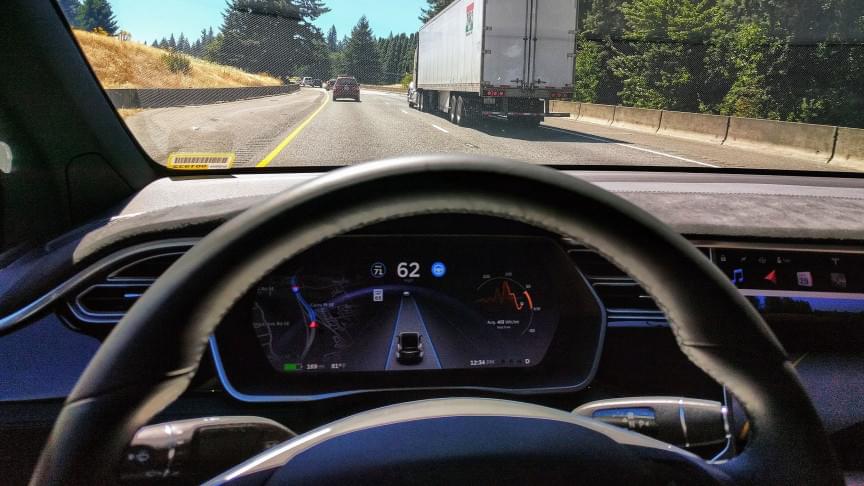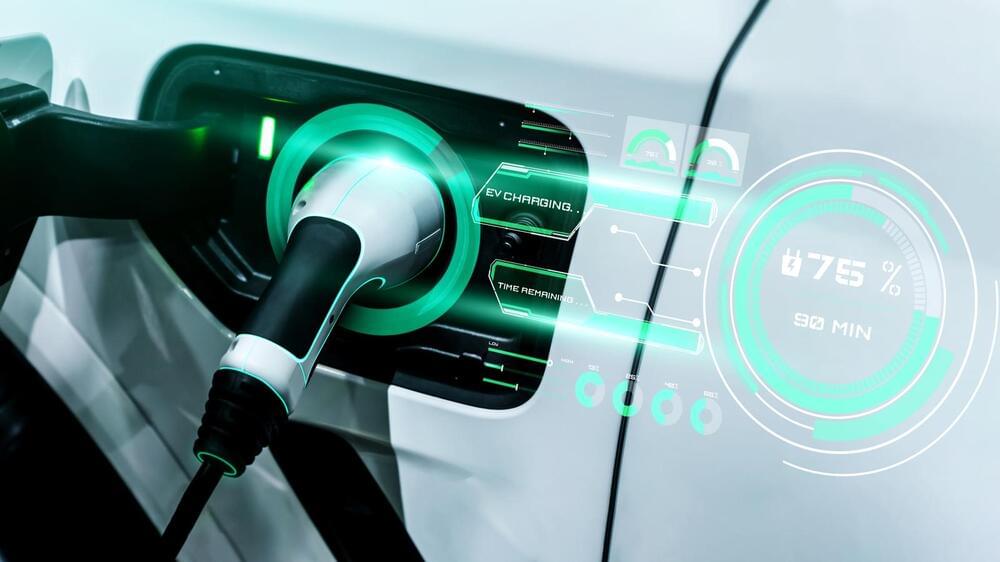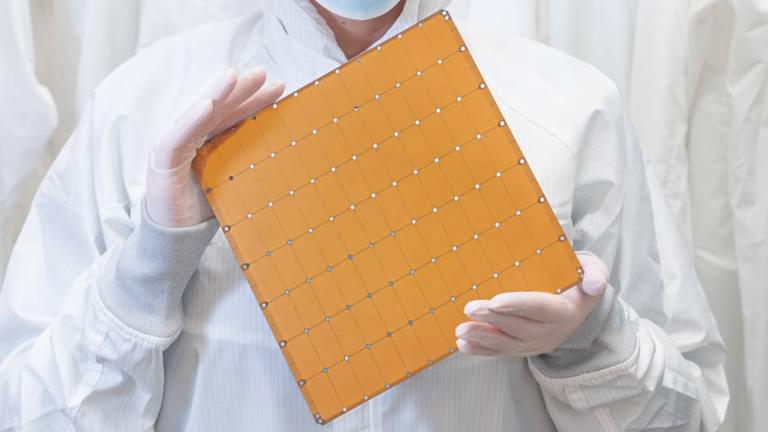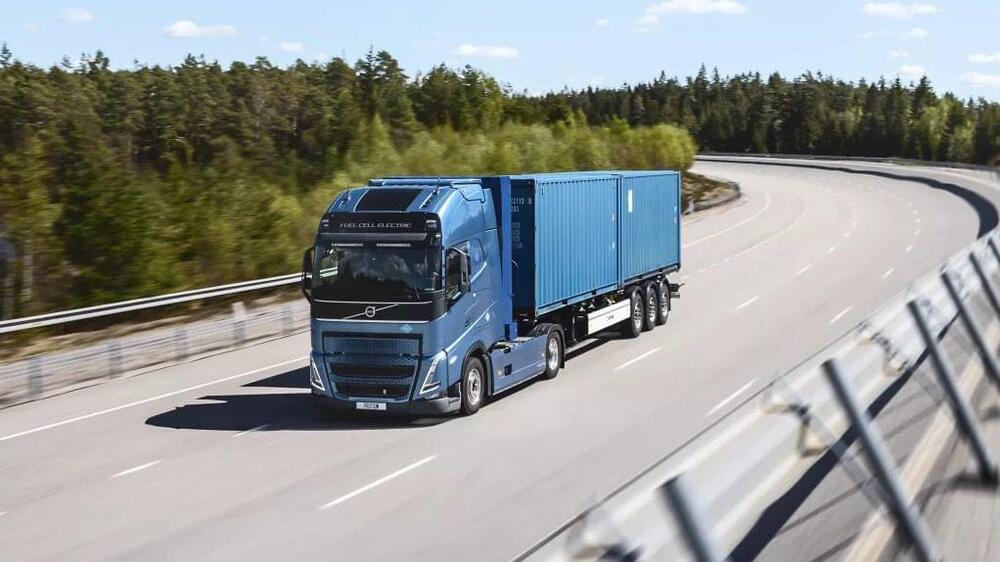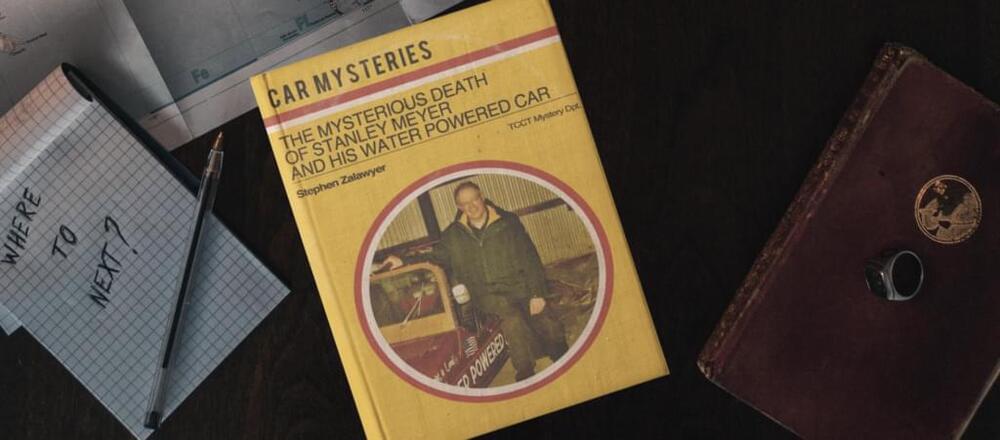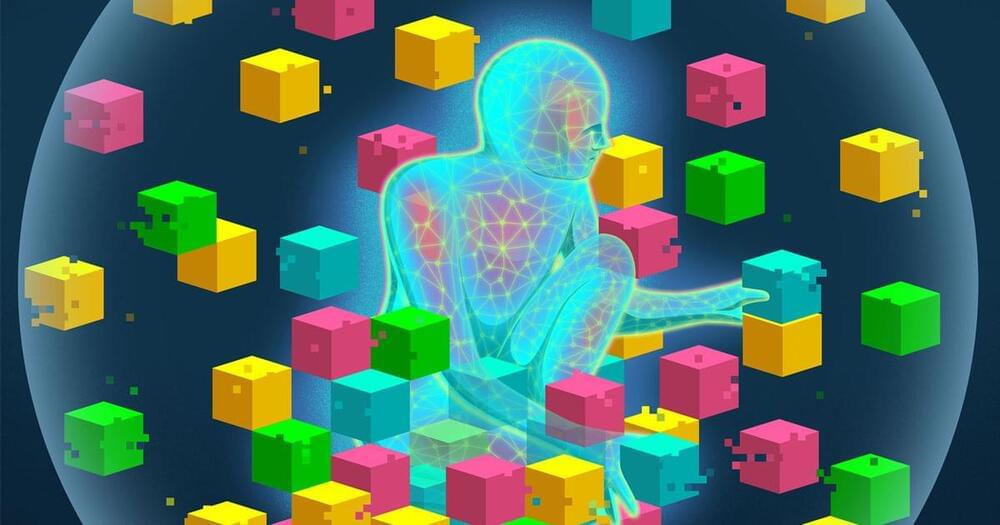
In 2009, a computer scientist then at Princeton University named Fei-Fei Li invented a data set that would change the history of artificial intelligence. Known as ImageNet, the data set included millions of labeled images that could train sophisticated machine-learning models to recognize something in a picture. The machines surpassed human recognition abilities in 2015. Soon after, Li began looking for what she called another of the “North Stars” that would give AI a different push toward true intelligence.
She found inspiration by looking back in time over 530 million years to the Cambrian explosion, when numerous land-dwelling animal species appeared for the first time. An influential theory posits that the burst of new species was driven in part by the emergence of eyes that could see the world around them for the first time. Li realized that vision in animals never occurs by itself but instead is “deeply embedded in a holistic body that needs to move, navigate, survive, manipulate and change in the rapidly changing environment,” she said. “That’s why it was very natural for me to pivot towards a more active vision [for AI].”
Today, Li’s work focuses on AI agents that don’t simply accept static images from a data set but can move around and interact with their environments in simulations of three-dimensional virtual worlds.


